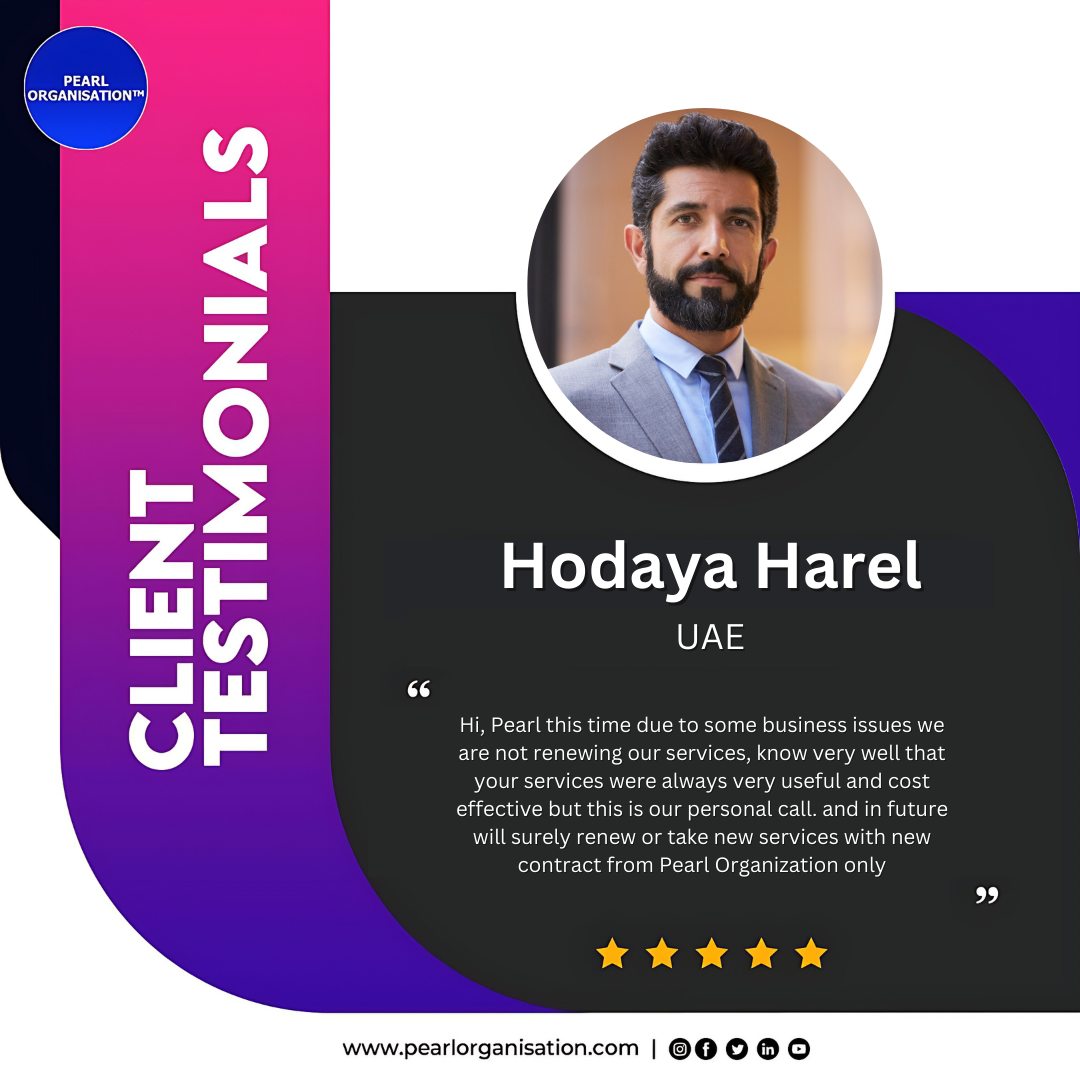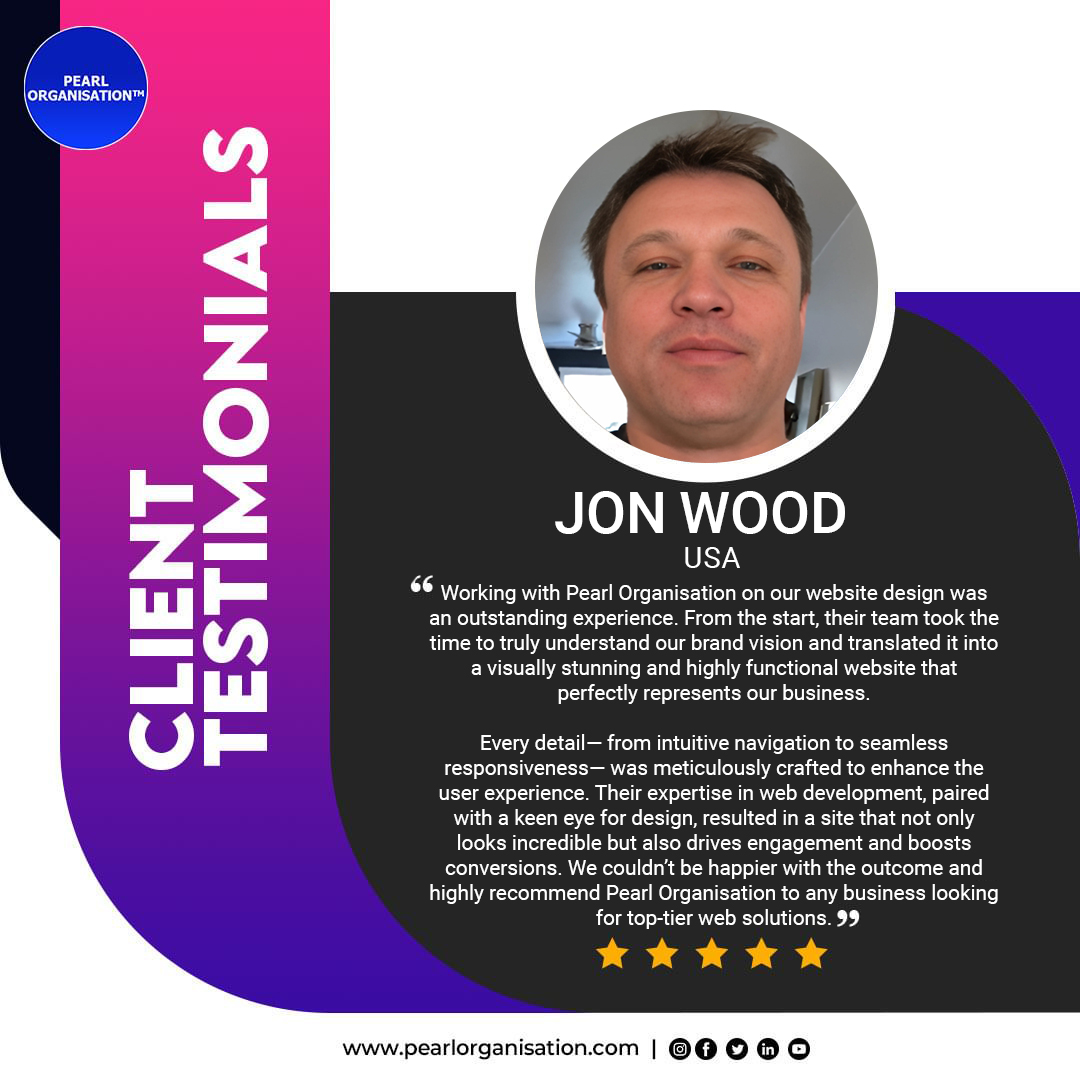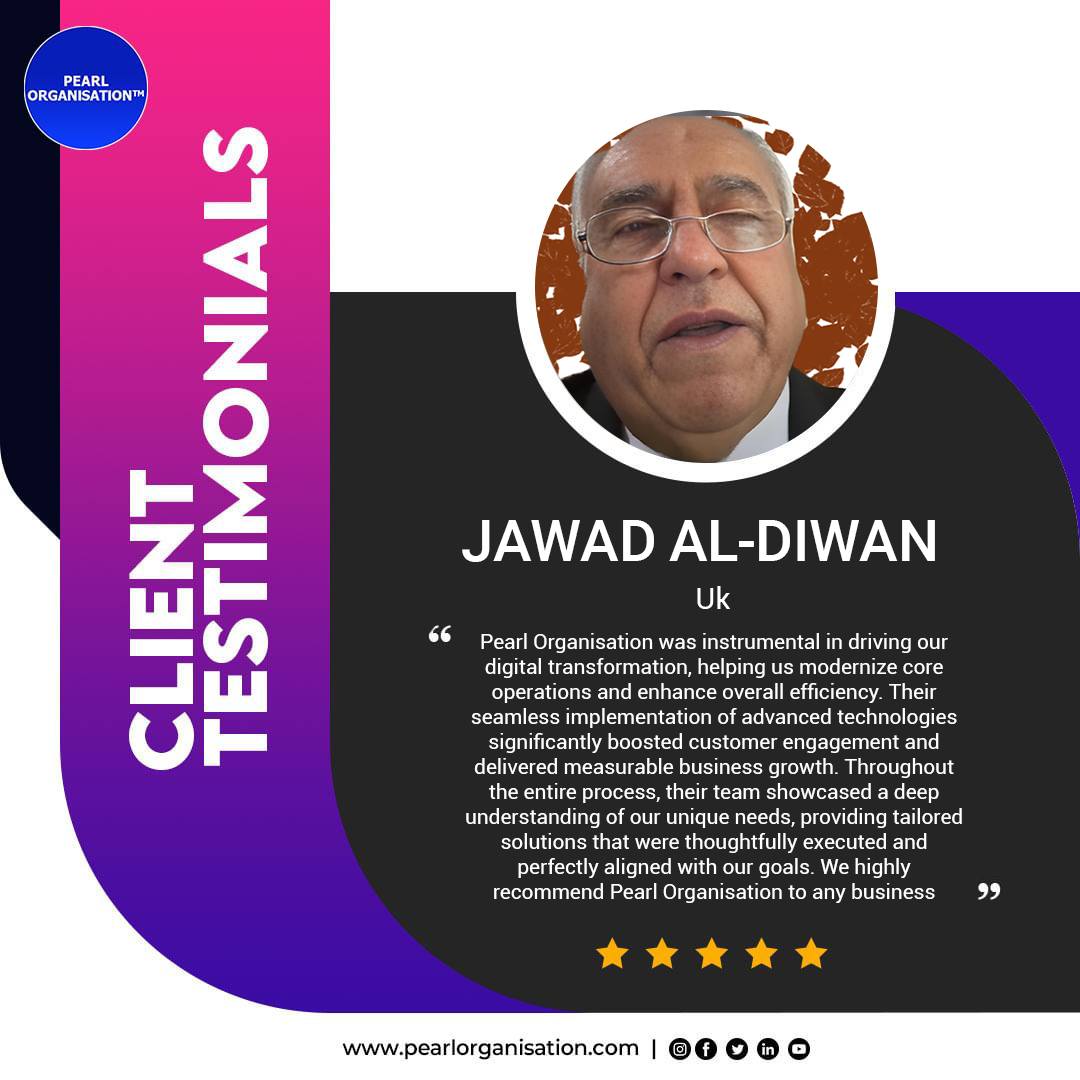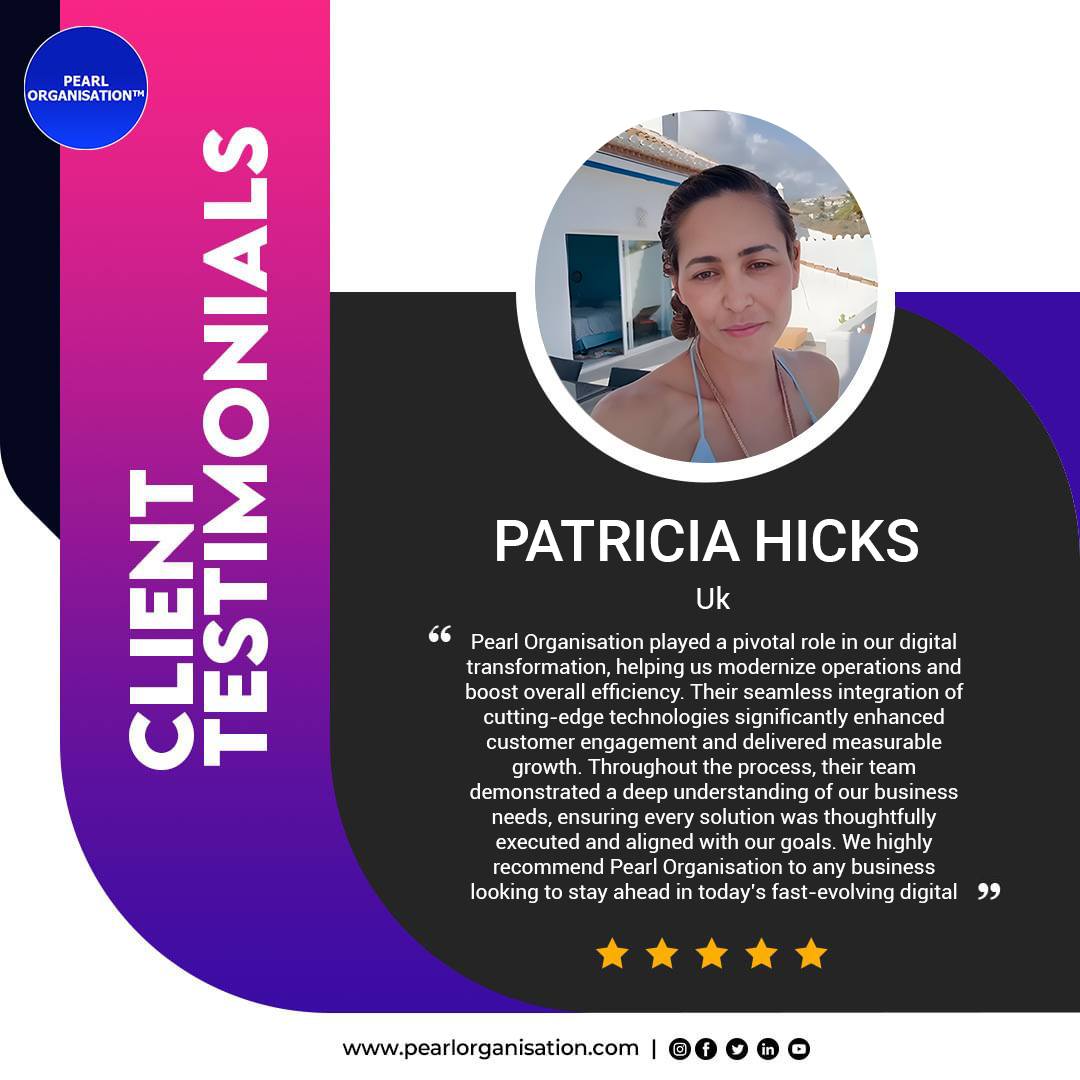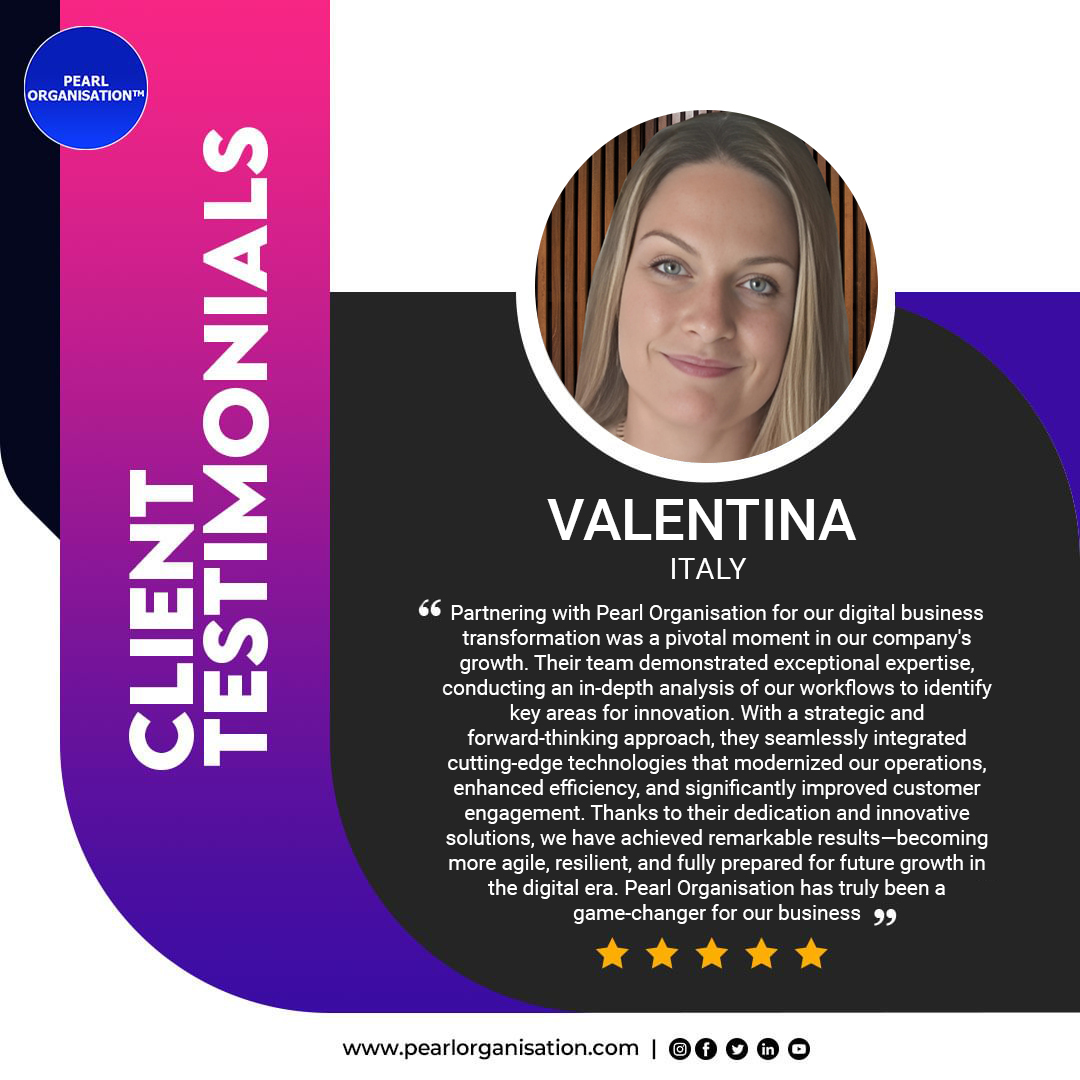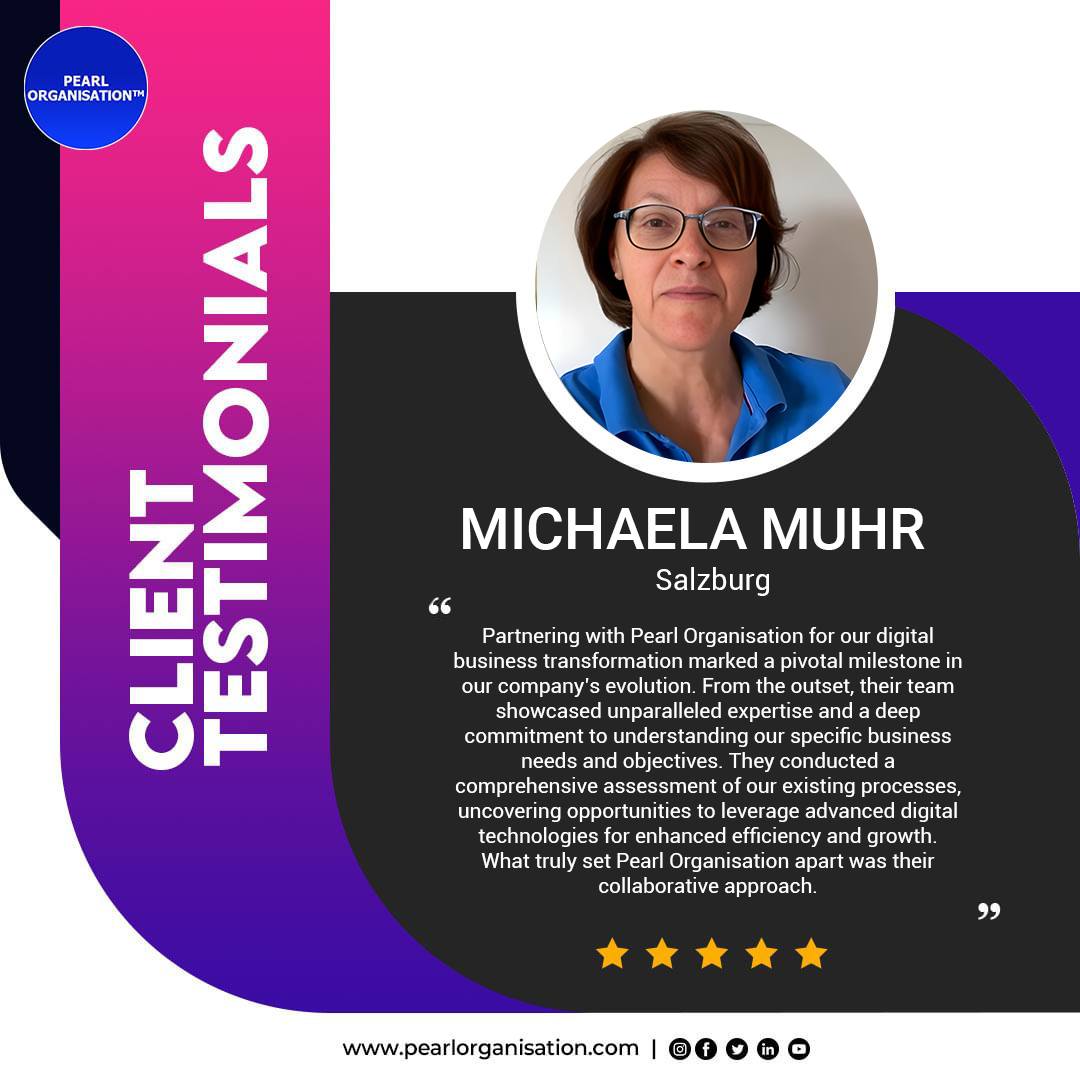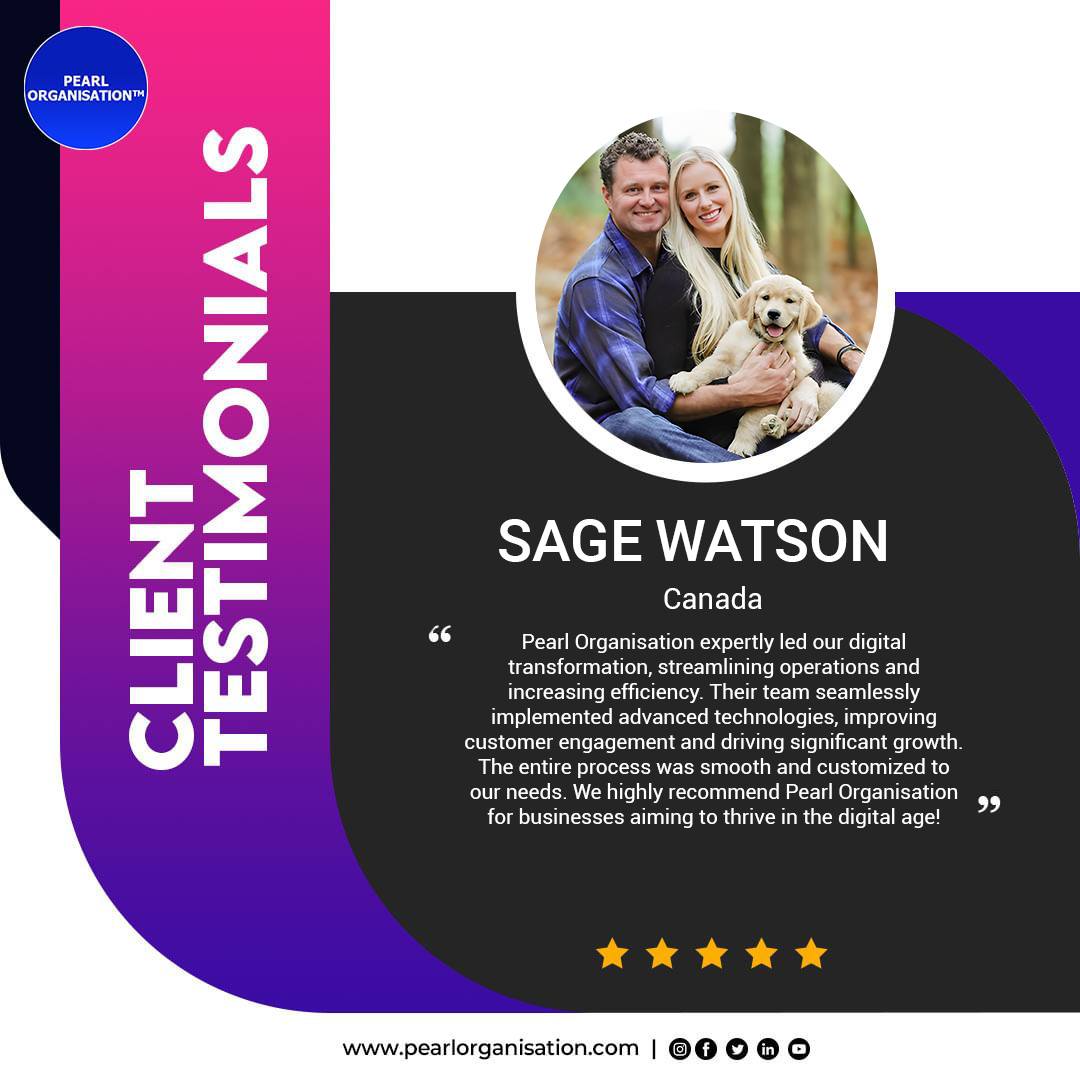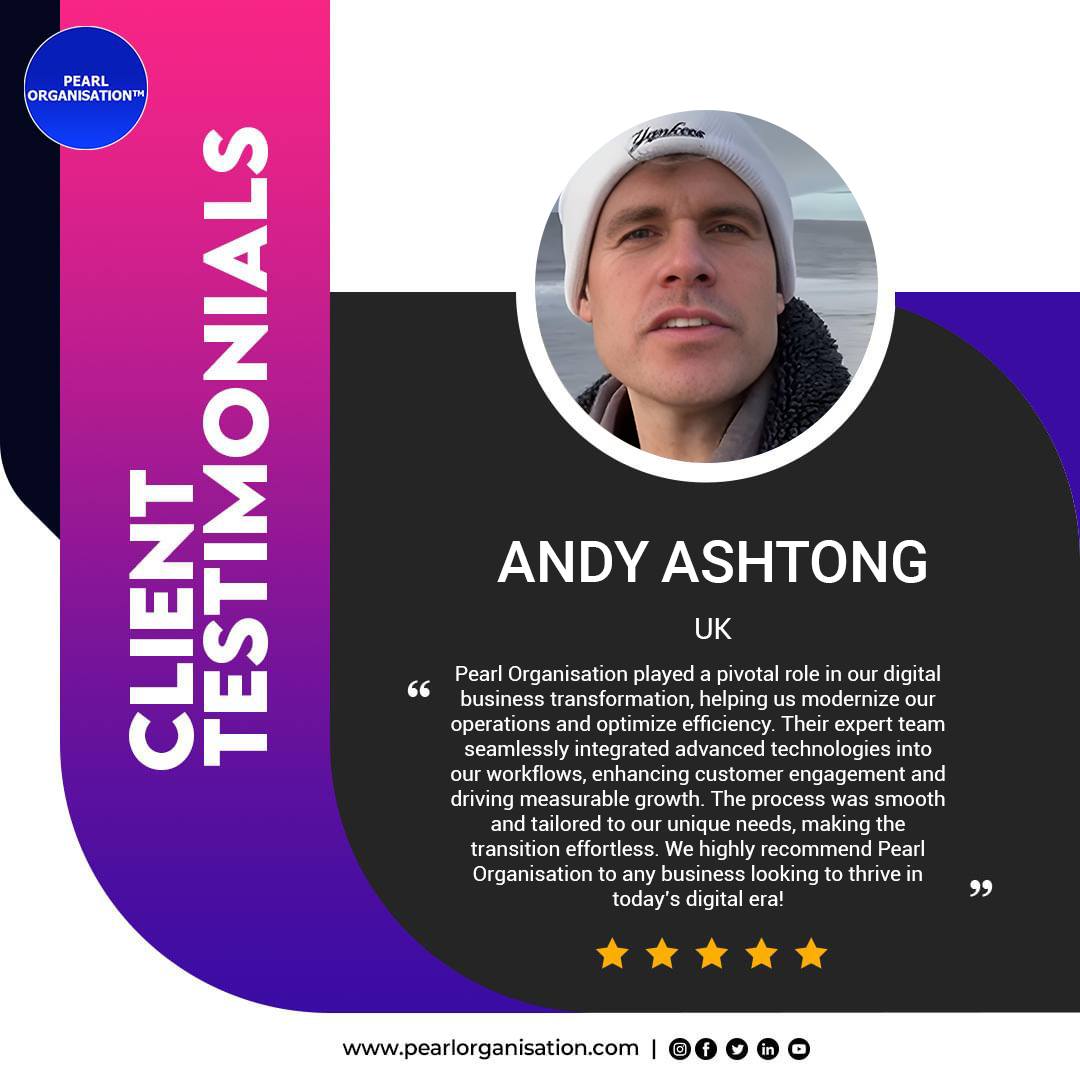How Emerging Tech Is Disrupting Traditional IT Service Models
- Larrisa

- Jul 15, 2025
- 6 min read

🔍 Introduction: A Shift from Reactive to Proactive IT
The IT industry is undergoing a fundamental transformation. Traditional service models—rooted in fixed infrastructure, manual processes, and reactive support—are no longer equipped to meet the demands of a digitally-driven, always-on economy. Enter emerging technologies: AI, automation, edge computing, cloud-native systems, blockchain, and quantum computing.
These innovations are not just reshaping tools and techniques—they are disrupting the entire framework of IT service delivery. At Pearl Organisation, we help businesses transition from outdated IT service models to future-ready, intelligent, and agile ecosystems powered by next-gen technologies.
🧠 What Defines Traditional IT Service Models?
Traditional IT service models are characterized by:
On-premise infrastructure
Waterfall project delivery
Manual ticketing and incident resolution
Long deployment cycles
Static SLAs and rigid scope
High upfront investment and maintenance
While these models offered predictability, they lack speed, scalability, and resilience—all essential in today’s digital landscape.
🚀 How Emerging Technologies Are Driving Disruption
Pearl Organisation is at the forefront of delivering modern IT service models that align with the pace of innovation. Here's how emerging technologies are disrupting legacy IT practices:
1️⃣ Cloud-Native Architecture: Breaking the Hardware Barrier
Before: Businesses relied on physical servers with slow scalability
Now: Cloud-native platforms enable auto-scaling, redundancy, and global access
Impact: Infrastructure-as-Code, containerization (Docker, Kubernetes), and serverless computing reduce provisioning time from weeks to minutes.
2️⃣ Artificial Intelligence & Machine Learning: From Reactive to Predictive IT
Before: Manual troubleshooting, reactive support
Now: AI automates ticket triaging, detects anomalies, predicts outages
Impact: Pearl’s AI-powered ITSM platforms reduce incident resolution time by up to 65%, with predictive maintenance models reducing unplanned downtime.
3️⃣ DevOps & Agile: Continuous Delivery Over Project Phases
Before: Waterfall-based long release cycles
Now: DevOps practices promote CI/CD, automated testing, and faster deployment
Impact: Businesses move from monthly releases to multiple deployments per day, with feedback loops improving agility.
4️⃣ Edge Computing: Processing Data Where It Happens
Before: Centralized data processing introduced latency
Now: Edge computing processes data closer to the source (IoT, wearables, factories)
Impact: Pearl’s edge solutions empower real-time decision-making in industries like manufacturing, healthcare, and smart cities.
5️⃣ Blockchain: Transparent, Decentralized Service Ecosystems
Before: IT governance depended on centralized databases and trust-based transactions
Now: Blockchain ensures secure, auditable records and decentralized data sharing
Impact: From smart contracts to supply chain transparency, blockchain is transforming trust mechanisms in IT services.
6️⃣ Automation & Hyperautomation: Beyond Scripts and Cron Jobs
Before: IT tasks like backups, monitoring, and provisioning were manual or script-based
Now: Robotic Process Automation (RPA) and AI bots execute end-to-end workflows
Impact: Pearl’s hyperautomation suite enables IT operations to scale with minimal human intervention—enhancing speed and reducing cost.
7️⃣ Quantum Computing (Emerging Frontier)
While still maturing, quantum computing promises to solve IT problems considered intractable today—like complex simulations, encryption, and data optimization.
Pearl Organisation tracks advancements closely to future-proof enterprise IT strategies.
📈 The Strategic Outcomes for Businesses
Traditional IT Outcome | Modern IT Outcome (Powered by Emerging Tech) |
Long provisioning & deployment | Instant scaling via cloud and containers |
Reactive problem-solving | Predictive maintenance through AI & ML |
Manual updates and downtime | CI/CD pipelines with zero-downtime deployments |
Fixed cost and scope | Dynamic, pay-as-you-go models |
Monolithic systems | API-first, composable architecture |
Result: Reduced TCO, faster innovation, and superior user experience.
🛠️ Pearl Organisation’s Modern IT Delivery Methodology
We help clients transition to modern IT using a structured methodology:
Discovery & Assessment – Identify outdated components and opportunities for disruption
Architecture Redesign – Implement cloud-native, microservice-based structures
Automation Strategy – RPA, AI Ops, and smart workflows integration
CI/CD Setup & Agile Coaching – Embed DevOps pipelines and train IT teams
Monitoring & Optimization – Establish feedback loops with real-time analytics
Our end-to-end support ensures future-proof IT that aligns with your business growth.
💼 Real-World Use Cases We’ve Delivered
Retail: Migrated a monolithic POS system to a scalable cloud-native architecture with AI-based inventory forecasts
Healthcare: Automated helpdesk with NLP-powered chatbot reducing 75% of Tier 1 queries
BFSI: Blockchain ledger for audit-compliant financial reporting
Manufacturing: Edge computing for predictive machine servicing, reducing maintenance costs by 40%
🔐 Security & Governance in Disrupted IT Models
Pearl Organisation embeds robust protocols into every modern IT model:
Disruption doesn’t mean risk—we build with resilience and security by design.
🏁 Conclusion: Disruption Is an Opportunity—If You’re Ready
Emerging technologies are not a threat—they’re a competitive advantage waiting to be seized. Traditional IT models, while reliable in the past, cannot survive the demands of modern digital ecosystems. Pearl Organisation helps you embrace innovation responsibly and strategically—by designing IT models that evolve with you.
🔗 Embrace the New IT with Pearl Organisation
Discover how we help you build resilient, intelligent, and scalable technology foundations:
💬 Frequently Asked Questions (Global Scope)
Q1. What are traditional IT service models, and why are they becoming outdated?
Traditional IT service models typically rely on:
On-premise infrastructure
Waterfall project delivery
Manual support and monitoring
Static SLAs and rigid scope
These models are being replaced due to:
The need for scalability and flexibility
Increased complexity in customer demands
Pressure to innovate faster with fewer resources
Rising expectations around uptime, security, and automation
Q2. What emerging technologies are driving disruption in IT services?
The key disruptors include:
Cloud-native computing (AWS, Azure, GCP)
AI & ML for predictive maintenance and intelligent support
DevOps & Agile for faster, iterative delivery
RPA & Hyperautomation for operational efficiency
Edge computing for real-time local processing
Blockchain for transparent, secure transactions
Quantum computing (in emerging stages) for solving complex problems at scale
Pearl Organisation integrates these technologies to help clients stay ahead.
Q3. How do AI and automation improve traditional IT operations?
AI and automation shift IT from reactive to proactive by:
Automating support ticket resolution
Predicting outages before they occur
Managing infrastructure with minimal human input
Providing intelligent analytics for capacity planning
Improving uptime, customer satisfaction, and team productivity
Q4. What is the role of cloud-native technologies in modern IT models?
Cloud-native platforms offer:
Elasticity: Automatically scale resources as needed
Resilience: Built-in failover, replication, and backup systems
Speed: Faster deployments via Infrastructure-as-Code
Cost-efficiency: Pay-as-you-go billing models
Pearl Organisation helps businesses migrate from monolithic legacy systems to containerized, scalable, and API-driven cloud environments.
Q5. What’s the difference between DevOps and traditional software deployment?
Traditional Model | DevOps-Based Model |
Waterfall methodology | Agile, iterative releases |
Manual testing & deployment | Continuous Integration/Continuous Delivery (CI/CD) |
Silos between teams | Cross-functional, collaborative teams |
Slow time to market | Faster feedback, shorter release cycles |
DevOps is core to Pearl’s delivery strategy for modern IT success.
Q6. How can blockchain transform IT service delivery?
Blockchain introduces:
Use cases include secure document exchange, identity verification, and audit-ready workflows.
Q7. What is edge computing and where is it used?
Edge computing moves computation closer to the data source (e.g., IoT devices, sensors) instead of sending everything to the cloud.
Used in:
Manufacturing: Machine monitoring
Healthcare: Real-time patient analytics
Retail: Smart shelves and customer tracking
Transport: Autonomous vehicle coordination
Pearl Organisation uses edge architectures for low-latency, high-speed decision-making.
Q8. What is hyperautomation and how is it different from traditional automation?
Traditional automation automates individual tasks using scripts or tools.
Hyperautomation, on the other hand, combines:
RPA (Robotic Process Automation)
AI/ML
Workflow orchestration
Advanced analytics
It creates end-to-end intelligent automation pipelines. Pearl Organisation enables self-improving business processes through hyperautomation.
Q9. Are emerging technologies secure and compliant?
Yes—when implemented correctly. Pearl Organisation ensures:
Data encryption and secure API gateways
Identity and access management (IAM)
Audit-ready logging and activity tracing
Compliance with GDPR, HIPAA, ISO 27001, SOC 2, and more
Security by design during every transformation project
Security is non-negotiable in every disruptive tech implementation.
Q10. How can an organization start transitioning to a modern IT model?
Steps include:
Pearl Organisation offers end-to-end consulting and execution for seamless modernization.





























